Indigenous to Life
Writing these lines at this point in our human journey has to be an exercise in humility. The theme of this issue is ‘Realigning with Earth Wisdom’. How would a white, middle-aged, academically over-educated male have something to say about that? Given the centuries of violation this particular demographic has enacted upon the community of life, is it even appropriate to accept this invitation?
I write these lines from relative comfort at a time when many are suffering the degenerative effects of the Western narrative of separation that has objectified life, disrespected fellow humans on the basis of gender or ethnicity, and othered nature for centuries. For too long have we disregarded Earth Wisdom as it has been held in custody by our elder brothers and sisters – the indigenous people of Africa, Australia, Asia, the Americas and Europe.
In response to the now strikingly evident destruction and inequality the narrative of separation has wrought, we have seen the interest in regenerative development and regenerative cultures grow rapidly in recent years. It is imperative to highlight that regeneration is an inherent pattern of life itself and that all our distant common ancestors understood life as a regenerative community of which we are members, not masters.
Our species evolved primarily through collaboration and in co-evolving mutuality within the ecosystems we inhabited. For 98% of our common journey as hominids we have lived in reciprocal custodianship within the places and bioregions we called home. From the forests of Colombia and Peru to the Pacific NorthWest and Australia, evidence is mounting that human inhabitants co-created and nurtured these peak ecosystems to higher diversity, abundance and bio-productivity over many millennia.
We are all indigenous to life as a planetary process. The central lesson of many Earth wisdom traditions is about alignment with life as a process, living in right relationship and letting life’s regenerative patterns flow through us. In this way of being we understand ourselves not as owners but rather as expressions of place. The land does not belong to us, we belong to the land. The land and the sea will be there long after we return to the soil as compost for new life.
Aligning with Earth wisdom is about living in right relationship. We are relational beings. Each one of us is unique and a nexus of intimate reciprocity within life’s regenerative community. To align with Earth wisdom we have to not just learn from but as nature. Janine Benyus elegantly distilled the central lesson of biomimicry to one sentence: “Life creates conditions conducive to life.”
As life, how do we let Earth wisdom flow through us as we set out to create conditions conducive not just for all of humanity but for all of life?
Clearly our more recent record as a species seems to suggest we have forgotten the vital significance of this question. The effects of our actions – more truthfully the actions of a relatively small proportion of humanity – have pushed all of humanity into a species level ‘rite of passage’. We are facing the real and present danger of an immature end of our species as part of the current mass extinction event. Will we step into mature membership in the community of life and become a regenerative rather than degenerative presence on Earth in time to manifest a different future?
To co-create a regenerative future based on diverse regenerative cultures as elegant expressions of the bio-cultural uniqueness of the places they inhabit we require changes in doing, being and thinking. We need a new and very ancient worldview. Our organising ideas and culturally dominant narratives have cut the process of life into individuals and species. This way of seeing has predisposed us to focus on competition, scarcity, and mortality.
Today, we can draw on both ancient indigenous wisdom and cutting edge science to understand life as a syntropic force in the universe – creating conditions conducive to life through collaborative abundance. Life is a planetary process! As Gregory Bateson put it in his 1970 essay ‘On form, substance and difference’: “the organism which destroys its environment destroys itself. The unit of survival is a flexible organism-in-its-environment.”
Conscious participation in the evolutionary process of life invites us to hold the seeming paradox of existence as simultaneously part and whole. From a relational participatory perspective all being takes place in the polarity between ‘being for oneself’ and ‘being as reciprocal expression of the whole’. We are both at once. As Thích Nhất Hạnh invited us to understand by introducing the word interbeing to the West: “To be is to interbe. You cannot be by yourself alone.”
The Earth Wisdom of the Navajo is Hózhóogo Naasháa Doo or ‘walk in beauty’. Their advice: ‘if you walk into the future walk in beauty’. The way to walk in beauty is to ‘witness the One-in-All and the All-in-One’.
Living regeneratively is living as a conscious expression of and participant in the wider nested complexity in which the local, regional and global are dynamically co-present. These nested scales are united through fast and slow cycles of collapse of structures and patterns that no longer serve, transformative innovation, and temporary consolidation of new patterns into a dynamically and constantly transforming whole. As such, regeneration as a process is intimately linked with the evolutionary and developmental impulse of life itself.
Once we learn to understand health and resilience not as static states to ‘bounce back’ to, but as dynamic capacities to transform and express vitality in the face of shifting context, we can also see how working regeneratively is about systemic healing and building resilient communities capable of anticipating and transforming environmental or social change.
Regeneration is about more than just ‘net positive impact’ or ‘doing good’. It is about evolving the capacity to manifest the unique and irreplaceable gift of every person, community and place in service to the life-regenerating context in which we are all embedded.
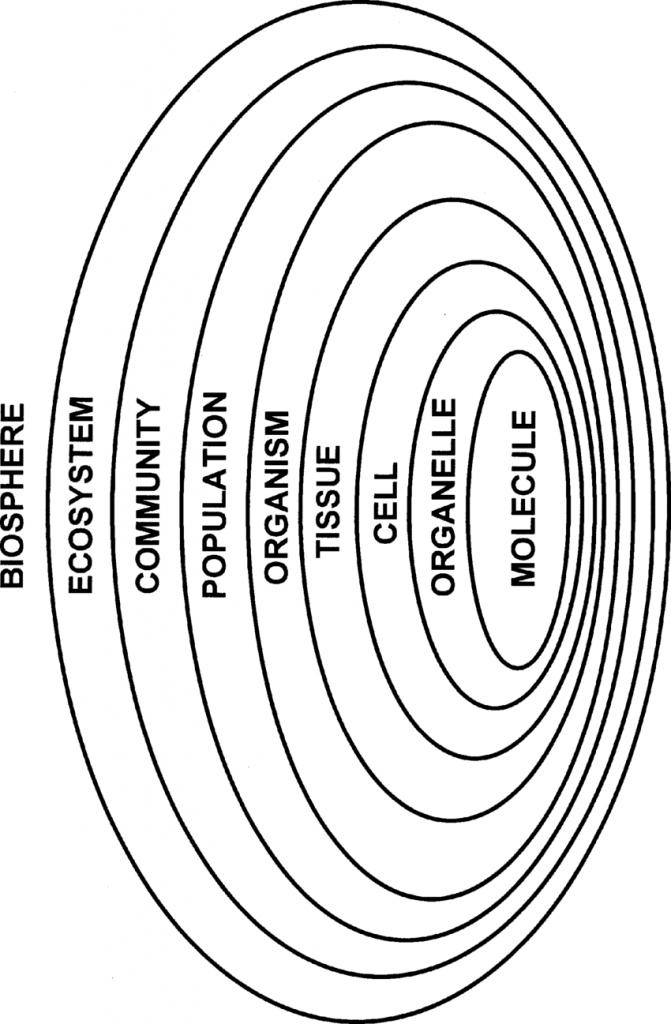 Life is a regenerative community at nested scales: from the community of organelles that form all nucleated cells, to the ecosystems of human, bacterial and fungal cells that make up the regenerative community you and I are referring to as ‘our body’, to the communities of species that create the functional diversity of abundant and highly bio-productive ecosystems, all the way to the physiology of a living planet with marine and terrestrial ecosystems contributing to a continuously evolving life support system that regulates planetary climate patterns and atmospheric composition to make them conducive to life.
Life is a regenerative community at nested scales: from the community of organelles that form all nucleated cells, to the ecosystems of human, bacterial and fungal cells that make up the regenerative community you and I are referring to as ‘our body’, to the communities of species that create the functional diversity of abundant and highly bio-productive ecosystems, all the way to the physiology of a living planet with marine and terrestrial ecosystems contributing to a continuously evolving life support system that regulates planetary climate patterns and atmospheric composition to make them conducive to life.
Realigning with Earth’s wisdom is about re-inhabiting this regenerative community more consciously again and humbly returning to our role as healers within that nested regenerative community of life. Our future will change depending on the degree to which each and every one of us manages to re-inhabit this community.
As the poet Gary Snyder suggested in 1976: “Those who envision a possible future planet on which we continue […], and where we live by the green and the sun, have no choice but to bring whatever science, imagination, strength, and political finesse they have to the support of the inhabitory people — natives and peasants of the world. In making common cause with them, we become ‘reinhabitory’.”
Re-inhabitation in the context of the bio-geo-physical reality of the places and bioregions we inhabit is a change in doing and how we relate to the bioregions as we try to meet human needs in ways that regenerate healthy ecosystems functions, thriving communities and vibrant economies – place by place.
Re-inhabitation is also active in the terrain of consciousness, as we learn to re-perceive ourselves as processes of becoming – processes that are in themselves dynamic expressions of the places, communities and ecosystems that bring us forth. As such, to re-inhabit is a change of being. The future potential of the present moment is to come home to our bodies, our communities, our places and bioregions now – not sometime after a long ‘transition’ or a ‘great turning’.
It seems our current theory of change has us stuck in discussing strategies within a problem-solving mindset that predisposes us towards abstraction and the habit of “solving” problems in isolation from each other and from the places where we propose to implement “solutions”.
What if we focused on being differently now? What if we re-perceived who we are and identified more with life as a planetary process of interbeing? What if we aimed for being in right relationship to self, community and life? What if we focused on our individual and collective potential of being and becoming healing and nurturing expressions of place? What if we dropped the dysfunctional habit of trying to solve abstract global problems and scaling-up solutions? What if we focused instead on our potential to create conditions conducive to life in co-evolving mutuality with the places and communities that are the ground of our being?


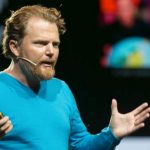
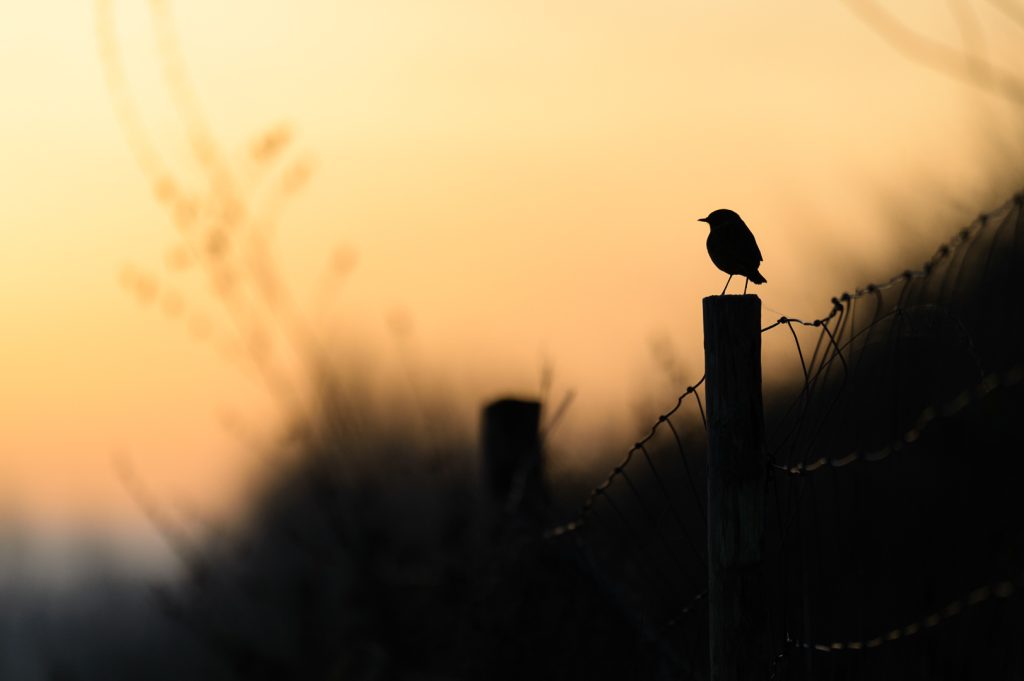
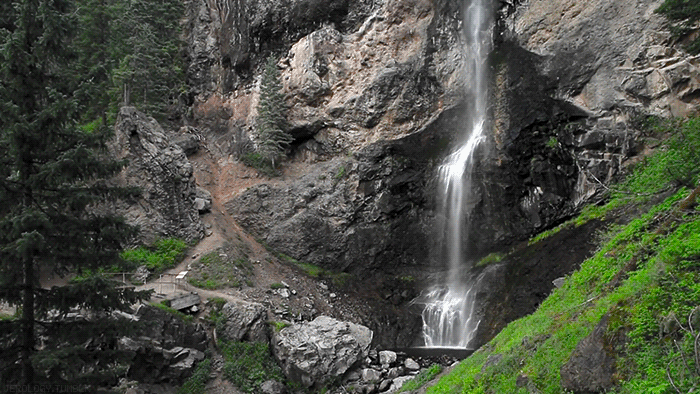
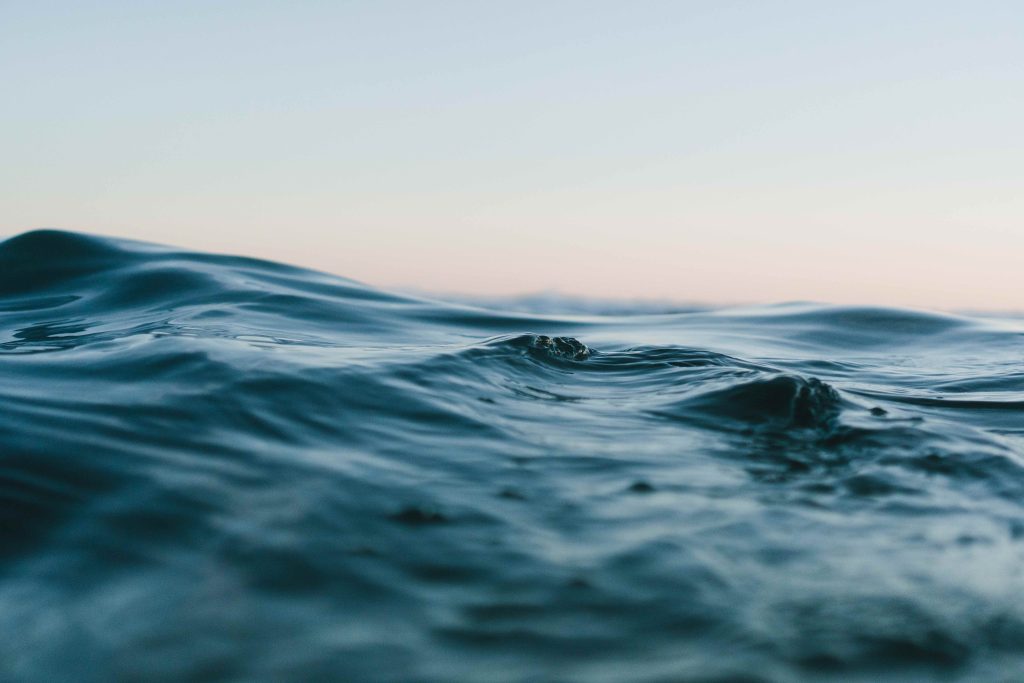
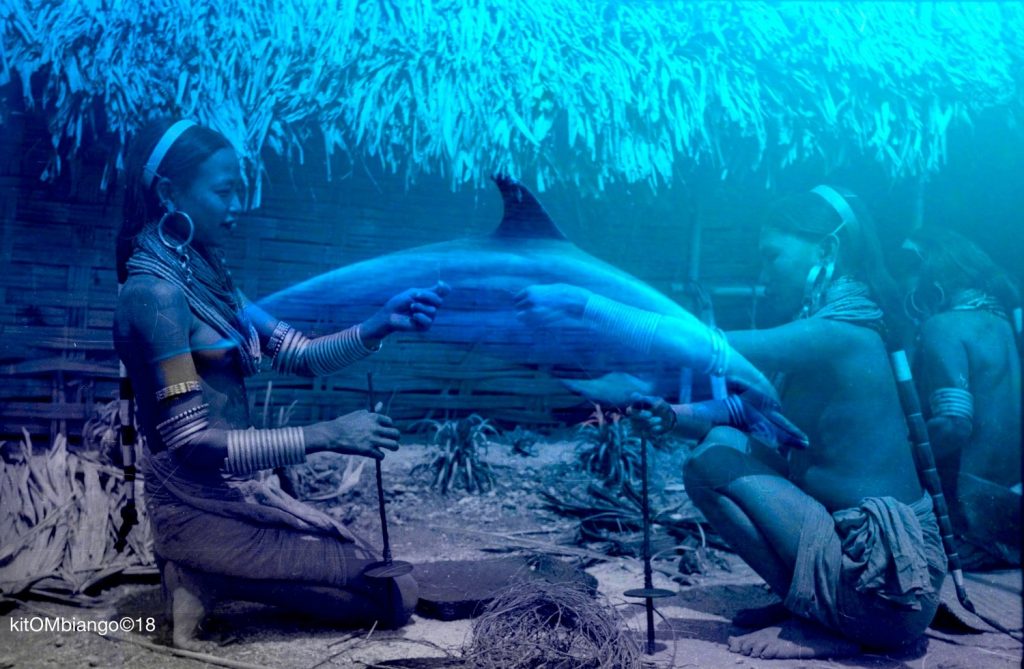
Ancient man did not live in harmony with nature because of some sense of stewardship. He had to both fear and respect her because he lived so intimately with her. There were all so few of them that whatever they did, didn’t make a great deal of difference. Calls to a “return” are false. They are calls to a way we have yet to learn. And yes, we’ll probably do it the hard way, if we do it at all.
Surely this is good wisdom and advice, but how to better share in the rights for access to the earth and all of its natural resources? As the population grows and cities become more complex, this situation is basically the same. This is because with greater population density comes greater productive capacity and the whole reason for sharing the earth is so that we as mankind can participate in the material sustenance that the sites of land can provide. Yet our national ways of living do not help in this ideal, and the sites of land are treated as if they are a items of durable capital goods like buildings, machinery and transports. The monopolistic landlords behave as if they are capitalists not site owners. To properly share in the land we should share in what its legal occupation gives to its owner, namely the opportunity to work and reside, the ground-rent and the increase in value when the developments sites are sold. Often a site is withheld from use so that its desirability and that of close-by sites is raised along with its price. This is unethical due to a) the extra values should be shared by the community because they were created by its presence and b) the use of sites that are in available becomes more costly which makes living more expensive and less easy with the result that many poor communities cannot manage to have jobs with income, enjoy homes and family life, safe and regular social amenities, etc.
The solution to this dilemma is for the government to introduce a new system of taxation which replaces how existing money income is raised by it. This is by the taxation of land values. Here are listed 17 effects when this kind of regime is applied:
17 Aspects of LVT Affecting Government, Landowners, Communities and Ethics
Four Advantages for Government:
1. LVT, adds to the national income as do other taxation systems, but it should replace them. The author has shown in REF.5, that taxation of any kind is beneficial to the whole country, due to its national income providing for more work too, but that when the tax applies to land the topology and spread of its effects are about 3 times as beneficial as when the same amounts of income are taken directly from labor.
2. The cost of collecting the LVT is less than for all the production-related taxes–tax avoidance becomes impossible, because the sites are visible to all and who owns each site is public knowledge. The army of tax collectors who are opposing a similar set of lawyers, are no longer busy with tax loopholes in the law, so the number of people more productively employed will grow and the penalty on the country of having complicated taxation is less.
3. Consumers pay less for their purchases due to lower production costs (see below). They can buy more goods and enjoy a raised standard of living. This creates greater satisfaction with the management of national affairs and more prosperity.
4. The national economy stabilizes—it no longer experiences the 18-year business boom/bust cycle, due to periodic speculation in land values (see below). The withholding of unused land is eliminated see item 7, so there is less need for the complications of frequent land sales, with developers searching and buyers hunting for unused sites.
Six Aspects Affecting Landowners:
5. LVT is progressive—this tax depends on the site area as well as its position. The owners of the most potentially productive sites pay the most tax per unit of area. Urban sites provide the most usefulness and their owners will pay at greater rates, whilst big rural sites have less value and can be farmed appropriately, to meet their ability to provide useful produce. Smallholder farming closer to population centers becomes more practical, due to local markets and reduced distribution costs.
6. The landowner pays his LVT regardless of how his site is used. A large proportion of the present ground-rent from the tenants (who do use the land properly), becomes transformed into the LVT, with the result that the land has less sales-value but retains a significant “rental” value.
7. LVT stops speculation in land prices, because the withholding of land from its proper use is not worthwhile.
8. The introduction of LVT initially reduces the sales price of sites, even though their rental value can grow over a longer term. As more sites become available, the competition for them is less fierce and entrepreneurs have more of a chance to get started.
9. With LVT, landowners are unable to pass the tax on to their tenants as rent hikes, due to the reduced competition for access to the additional sites that come into use.
10. Speculators in land values will want to foreclose on their mortgages and withdraw their money for reinvestment. Therefore LVT should be introduced gradually, to allow these speculators sufficient time to transfer their money to company-based shares etc., and simultaneously to meet the increased demand for produce (see below, items 12 and 13).
Three Aspects Regarding Communities:
11. With LVT, there is an incentive to use land for production, transport, or residence, rather than it being vacant and held unused.
12. With LVT, greater working opportunities exist due to cheaper land and a greater number of available sites. Consumer goods become cheaper too, because entrepreneurs have less difficulty in starting-up their businesses, and because they pay less ground-rent–consequently demand grows, whilst unemployment and poverty decrease.
13. Investment money is withdrawn from land and placed in durable capital goods. This means more advances in technology and cheaper goods too because the effectiveness of labor has been raised.
Four Aspects About Ethics:
14. The collection of taxes from productive effort and commerce is socially unjust. LVT replaces this national extortion by gathering the surplus rental income, which comes without any exertion from the landowner or by the banks–LVT is a natural system of national income-gathering.
15. Previous bribery and corruption for gaining privileged information about land, cease. Before, this was due to the leaking of news of municipal plans for housing and industrial development, causing shockwaves in local land prices (and municipal workers’ and lawyers’ bank accounts!)
16. The improved use of the more central land of cities reduces the environmental damage due to unused sites being dumping-grounds, and the smaller amount of fossil-fuel use (with its air-pollution), when traveling between home and workplace.
17. Because the LVT eliminates the advantage that landlords currently hold over our society, LVT provides a greater equality of opportunity to earn a living. Entrepreneurs can operate in a natural way– to provide more jobs because their production costs are reduced. Then untaxed earnings will correspond more closely to the value that the labor puts into the product or service. Consequently, after LVT has been properly and fully introduced as a single tax, it will eliminate poverty and improve business ethics.
References:
1. Adam Smith, 1776: “The Wealth of Nations”, UK
2. Martin Adams, 2015: “LAND– A New Paradigm for a Thriving World”, North Atlantic Books, California, USA
3. Mason Gaffney and Fred Harrison, 2005: “The Corruption of Economics”, Shepheard-Walwyn, London, UK
4. Henry George: “Progress and Poverty” 1897, reprinted 1978 by the Schalkenbach Foundation, New York, USA
5. David Harold Chester, 2015: “Consequential Macroeconomics—Rationalizing About How Our Social System Works”, Lambert Academic Publishing, Saarbüchen, Germany